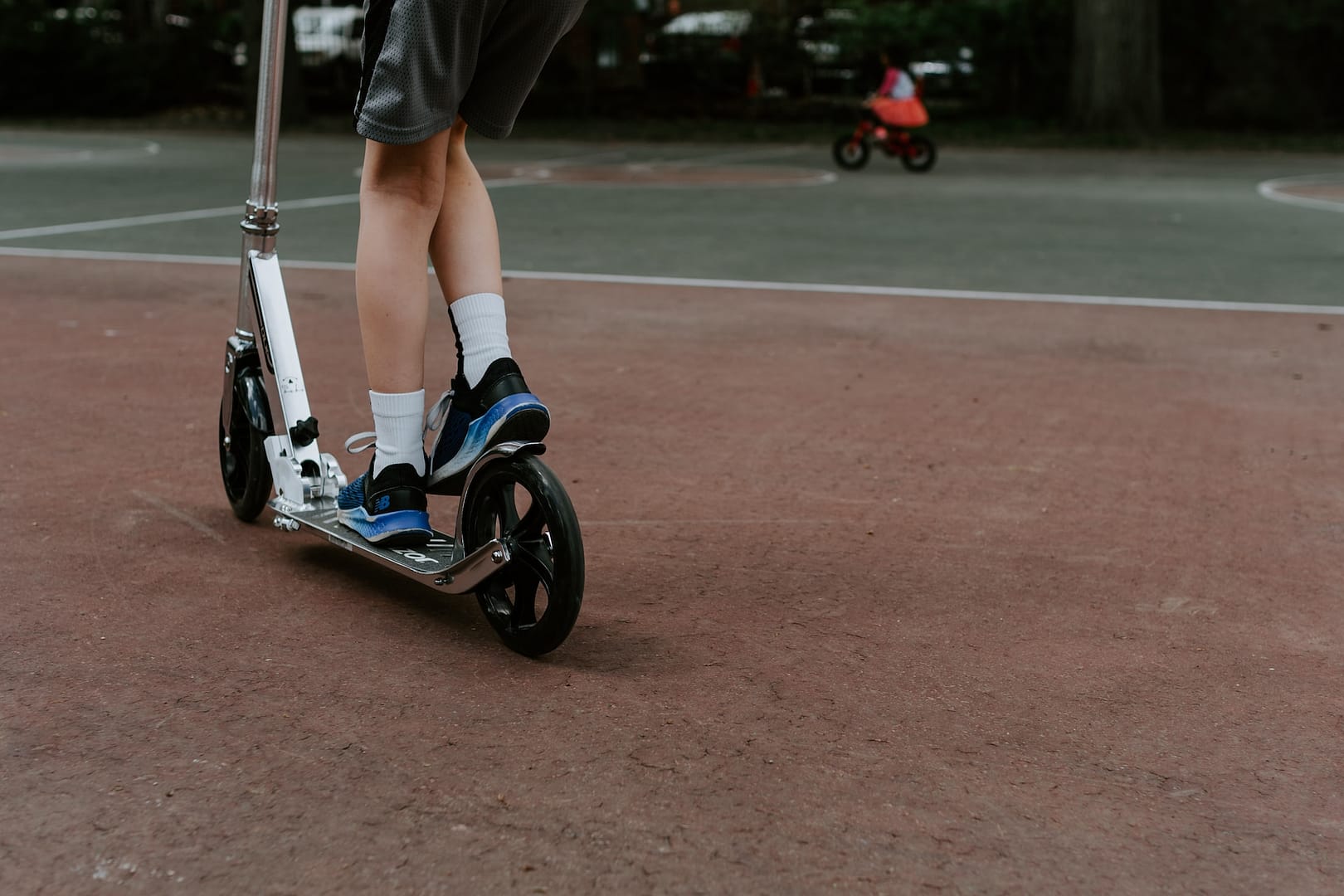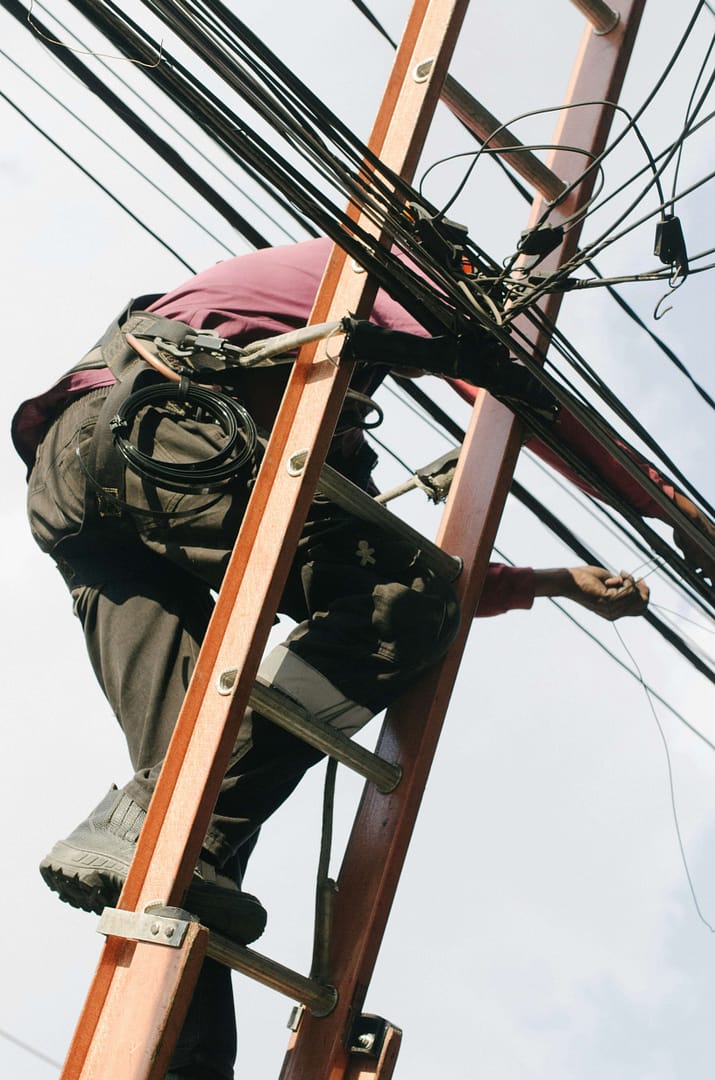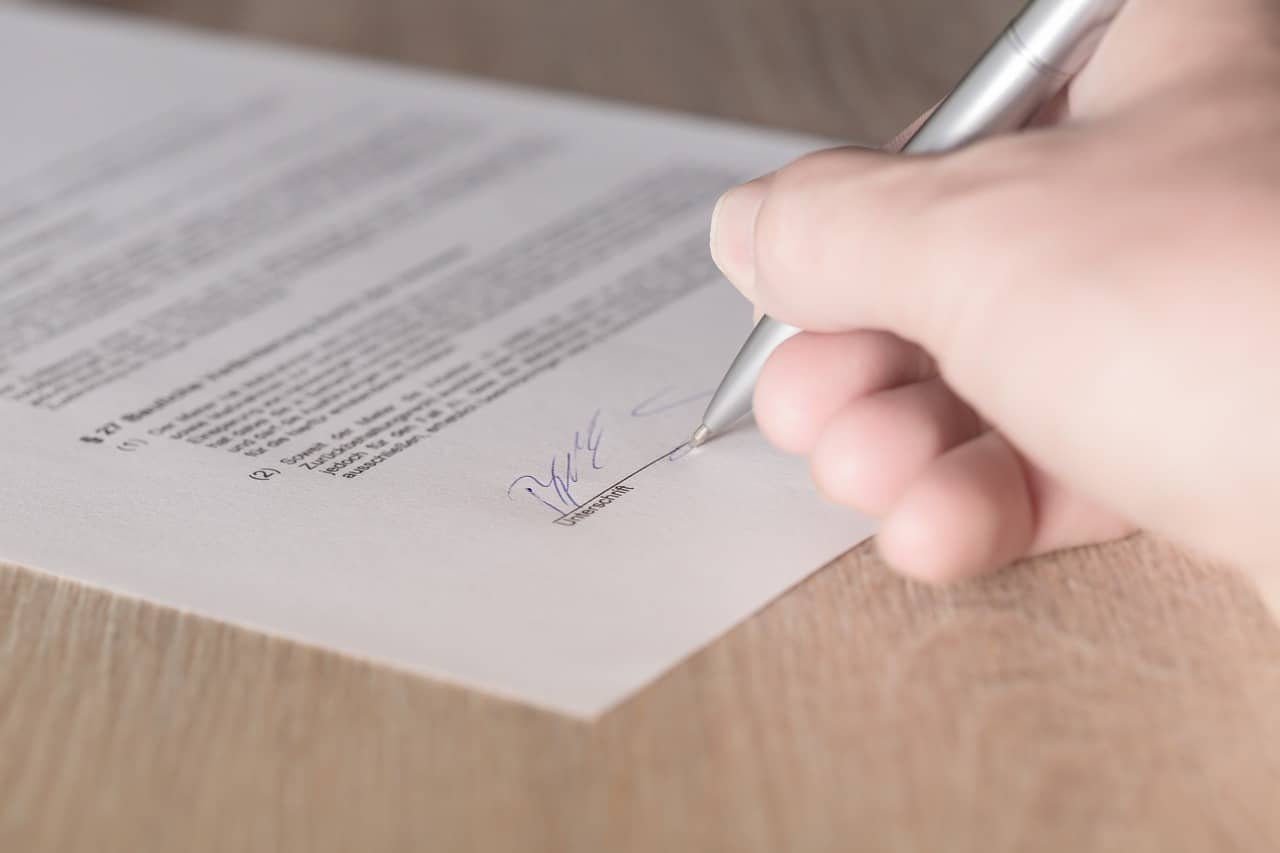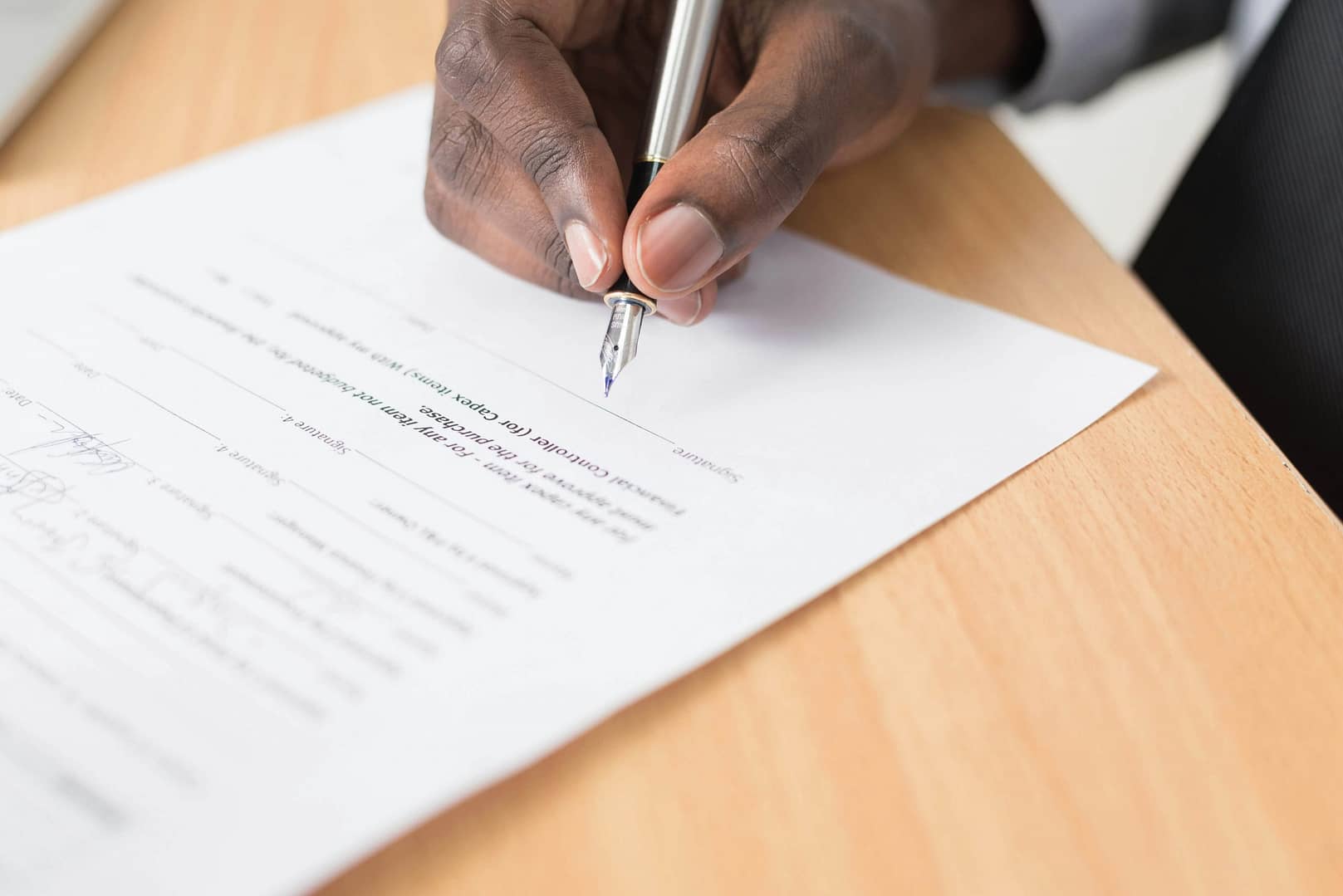When it comes to child safety and e-scooters, it’s crucial to strike a balance between the exhilarating freedom of riding these trendy electric-powered vehicles and ensuring the well-being of young riders. In recent years, e-scooters have gained immense popularity among people of all ages, including children. As these sleek and efficient machines whiz through city streets, parks, and neighborhoods, concerns about child safety have come to the forefront.
The Law on Kids and Electric Scooters in the UK
In the United Kingdom, the laws surrounding electric scooters are clear when it comes to children. Currently, it is illegal for anyone under the age of 16 to ride an e-scooter on public roads, including cycle paths and pavements. This legislation aims to protect young riders from potential dangers and ensure their safety. However, children can still enjoy the thrill of e-scooters in designated private spaces, with parental supervision and appropriate safety measures.
Parents and guardians play a crucial role in educating their children about responsible e-scooter usage and ensuring compliance with the law. By setting a positive example and emphasizing the importance of safety, parents can instill a culture of responsible riding that protects their children and others.
E-Scooters and Road Traffic Accidents
Although electric scooters offer a convenient and eco-friendly mode of transportation, they are not without their risks and can lead to road traffic accidents. Accidents involving e-scooters, both with and without child riders, have become a growing concern. Understanding and addressing these risks are paramount to ensuring child safety in this ever-evolving landscape.
One of the primary reasons for e-scooter accidents is a lack of awareness and adherence to traffic rules. Children, especially those under 16, may have limited experience and understanding of road safety. Consequently, they may not possess the necessary skills to navigate through busy streets and make split-second decisions to avoid potential hazards.
To mitigate these risks, it is vital to educate children about road safety and e-scooter regulations. Parents should emphasize the importance of wearing appropriate safety gear, such as helmets, knee pads, and elbow pads. Additionally, teaching children how to handle e-scooters safely, including braking, maneuvering, and maintaining control, is essential for their well-being.
Furthermore, parents should encourage their children to ride e-scooters only in designated areas, such as parks or private spaces, away from vehicular traffic. This not only minimizes the risk of accidents but also ensures compliance with the law. By promoting responsible riding habits, parents can instill a sense of responsibility and safety consciousness in their children from an early age.
Ensuring Child Safety: A Collaborative Effort
Promoting child safety in the realm of e-scooters requires a collaborative effort between parents, manufacturers, and authorities. Manufacturers have a crucial role to play by designing e-scooters with safety features tailored to young riders. These features may include adjustable speed limits, parental control settings, and enhanced stability mechanisms. By incorporating such safety measures, manufacturers can create a safer riding experience for children.
In addition to parental involvement and manufacturer responsibility, authorities must actively enforce regulations pertaining to e-scooter usage. This includes monitoring the sale and rental of e-scooters to underage riders, implementing penalties for non-compliance, and raising awareness through public campaigns. By working together, parents, manufacturers, and authorities can create an environment where child safety is prioritized, and the risks associated with e-scooters are mitigated.
Making a Road Traffic Accident Claim
In unfortunate instances where a road traffic accident involving an e-scooter and a child occurs, it is essential to understand the steps to take and the options available for making a claim. While prevention and safety remain the top priority, it is crucial to be prepared and informed about the process if an accident does happen.
Seek Medical Attention
The first and most important step after any accident is to ensure the well-being of the child. Seek immediate medical attention, even for seemingly minor injuries, as some injuries may not be apparent right away.
Gather Information
If possible, collect relevant information at the accident scene. This may include the contact details of any witnesses, photographs of the accident site, and any other pertinent information that could support your claim later on.
Report the Accident
Notify the appropriate authorities about the accident, such as the police or relevant local authorities. This step ensures that an official record is created, which can be useful when filing an insurance claim or seeking compensation.
Contact National Claims
It is imperative to seek legal guidance from National Claims, where we are experienced in personal injury and road traffic accident cases. We will guide you through the claims process, evaluate the circumstances of the accident, and advise on the potential for a compensation claim.
Document Expenses and Losses
Keep a record of all expenses related to the accident, including medical bills, transportation costs, and any other financial losses incurred as a result. These records will be crucial when determining the compensation amount.
Remember, every accident case is unique, and the legal process can vary depending on the specific circumstances. Seeking legal guidance from professionals is crucial to ensure the best possible outcome.
Conclusion
Child safety and e-scooters go hand in hand, as we strive to create an environment where young riders can enjoy the thrill of these trendy vehicles while minimizing risks. In the UK, it is crucial to understand the laws surrounding e-scooter usage by children and ensure compliance to protect their well-being.
Education plays a pivotal role in promoting responsible riding habits among children. Parents should actively engage with their children, teaching them about road safety, and emphasizing the use of appropriate safety gear. By setting a positive example and fostering a culture of responsibility, parents can instill the necessary skills and awareness in their children to navigate the world of e-scooters safely.
Manufacturers and authorities also bear a significant responsibility in ensuring child safety. Manufacturers should develop e-scooters with enhanced safety features tailored to young riders, while authorities must enforce regulations and create awareness campaigns to promote safe e-scooter usage.
In unfortunate cases of road traffic accidents involving e-scooters and children, understanding the process of making a claim is essential. Seeking immediate medical attention, gathering information, reporting the accident, and consulting legal professionals are crucial steps to take. By being prepared and informed, parents can navigate the legal process with confidence, seeking the compensation necessary to support their child’s recovery.
As we move forward, let us work together to create a safer future for child riders, where e-scooters can be enjoyed responsibly, and the well-being of our youngest riders remains a top priority. By prioritizing child safety and implementing proactive measures, we can pave the way for a future where e-scooters and child riders coexist harmoniously, promoting both fun and security.
Contact us now to start your claim and to find out more information regarding road traffic accident claims.
Click below to see why we are one of the most trusted claims management companies in the UK.





